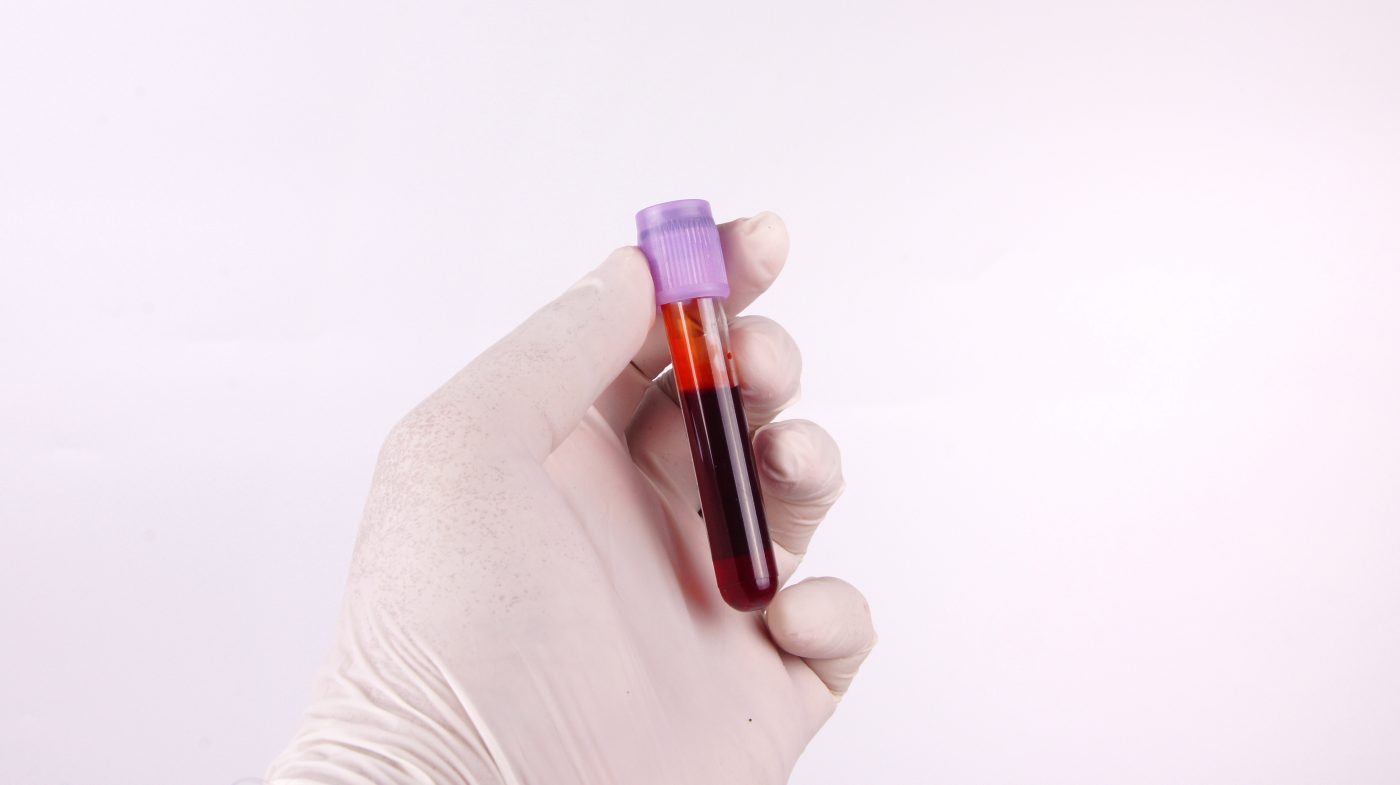Blood Levels of Galectin-9 May Help Spot SLE Patients with More Severe Disease, Study Suggests
Written by |

Elevated blood levels of a marker called galectin-9 may help identify people with systemic lupus erythematous lupus (SLE) who have more active disease and organ damage, a study suggests.
The study “Galectin-9 as a biomarker for disease activity in systemic lupus erythematosus” was published in the journal PLOS One.
In SLE, the immune system wrongly recognizes antigens in the cell’s nucleus as foreign, causing a generalized autoimmune response. Although autoantibodies (those directed against the body’s own tissues) can be used to monitor disease activity, scientists need more easily accessible and reliable markers for this disease.
The immune system’s type I interferon (IFN) response, important for the defense against viruses, is activated in SLE. This suggests that genes regulated by type I IFN could be linked with disease activity and disease flares in SLE patients.
Galectin-9 (Gal-9) is a recent and easy-to-measure biomarker of IFN activation, and could aid in clinical decision-making in SLE, the researchers in Japan stated.
As such, they evaluated whether the levels of Gal-9 in the blood could work as a good marker to distinguish SLE and track disease activity.
They analyzed 58 patients (median age 36 years) recently diagnosed with SLE — average 18 months from diagnosis. Thirty-one healthy individuals were included as controls.
Nearly 95% of those with SLE had active disease, as shown by a SLEDAI-2K score above 4. Also, more than half (57%) had organ damage, as assessed with the SLICC/ACR Damage Index.
Levels of Gal-9 in SLE patients were significantly higher than in healthy controls (16.6 vs. 4.74 ng/mL). Such levels correlated significantly with disease activity. In addition, Gal-9 was elevated in patients with organ damage compared to patients without organ involvement (23.1 vs. 12.5 ng/mL), and also in the 21 patients with detectable blood levels of IFN-alpha compared to the 37 participants without that marker (26.7 vs. 12.5 ng/ml).
In contrast, no link was found between organ damage and a marker of type I IFN activation (CXCL10) and a marker of liver fibrosis (scarring) in autoimmune diseases (M2BPG). Still, higher blood levels of M2BPG were associated with greater disease activity.
Next, the researchers investigated whether Gal-9 levels also would change with disease activity. They analyzed five patients with active SLE, who were followed for a median of two months until showing no signs of disease activity while on glucocorticoids and immunosuppressive treatments.
Results showed that blood levels of Gal-9 significantly decreased with successful treatment and clinical improvement.
The team then assessed whether Gal-9 levels would reflect neurological involvement in SLE. They first found no correlation between Gal-9 in the blood and neurological manifestations, as measured using the British Isles Lupus Assessment Group (BILAG).
To explore this further, the investigators measured the levels of Gal-9 in the cerebrospinal fluid (CSF, the liquid surrounding the brain and spinal cord) collected from 18 patients with recent-onset neuropsychiatric SLE. These patients had significantly higher levels of Gal-9 in the CSF (3.5 ng/ml) than those without SLE (1.2 ng/ml).
“The major finding in this study is that circulating levels of Gal-9 are elevated in patients with SLE and are correlated with SLE disease activity and could be a discriminator between SLE patients with and without organ damage,” the researchers wrote.
“Our results suggest that Gal-9 could be a predictor for SLE disease phenotype [presentation] and deserves attention as a clinically useful biomarker,” they added.




